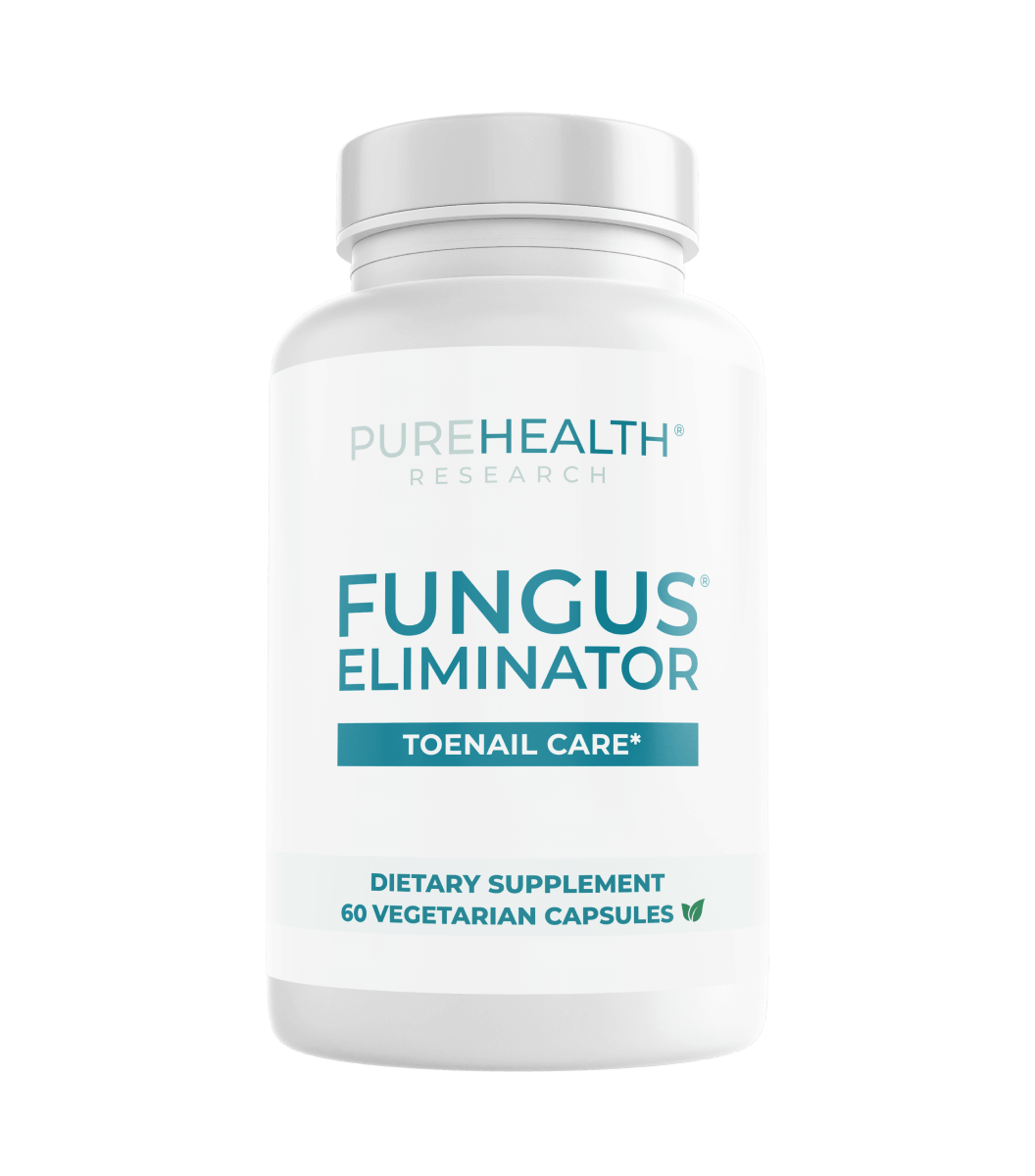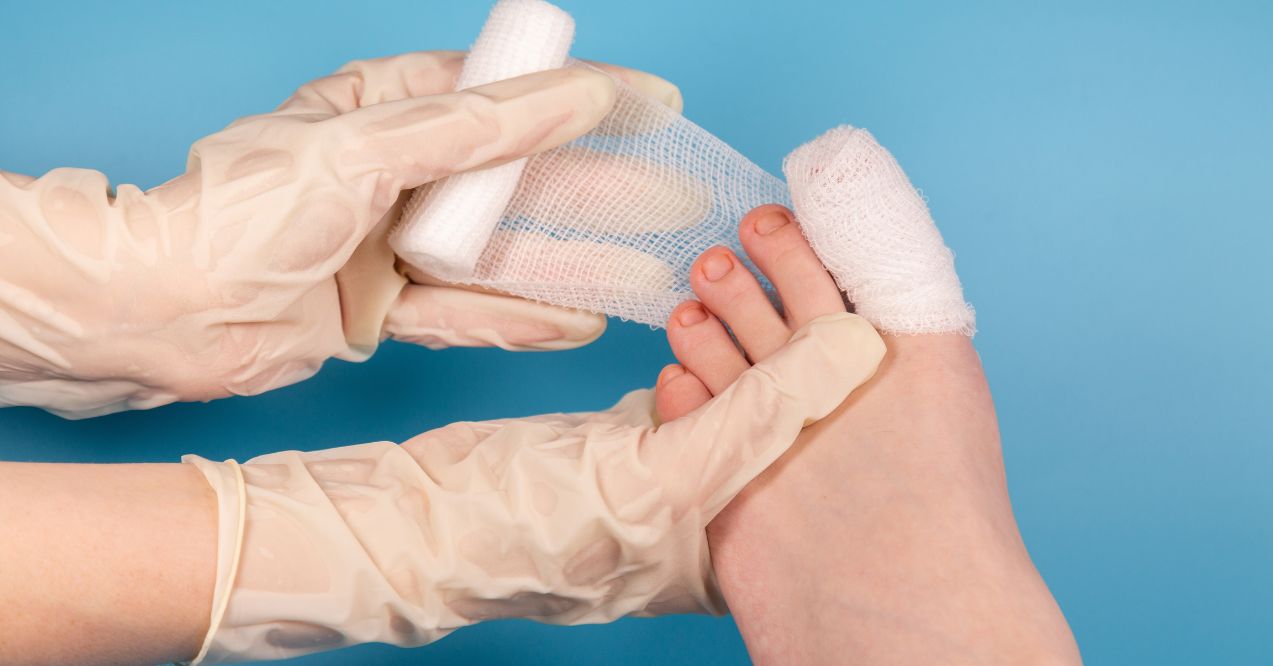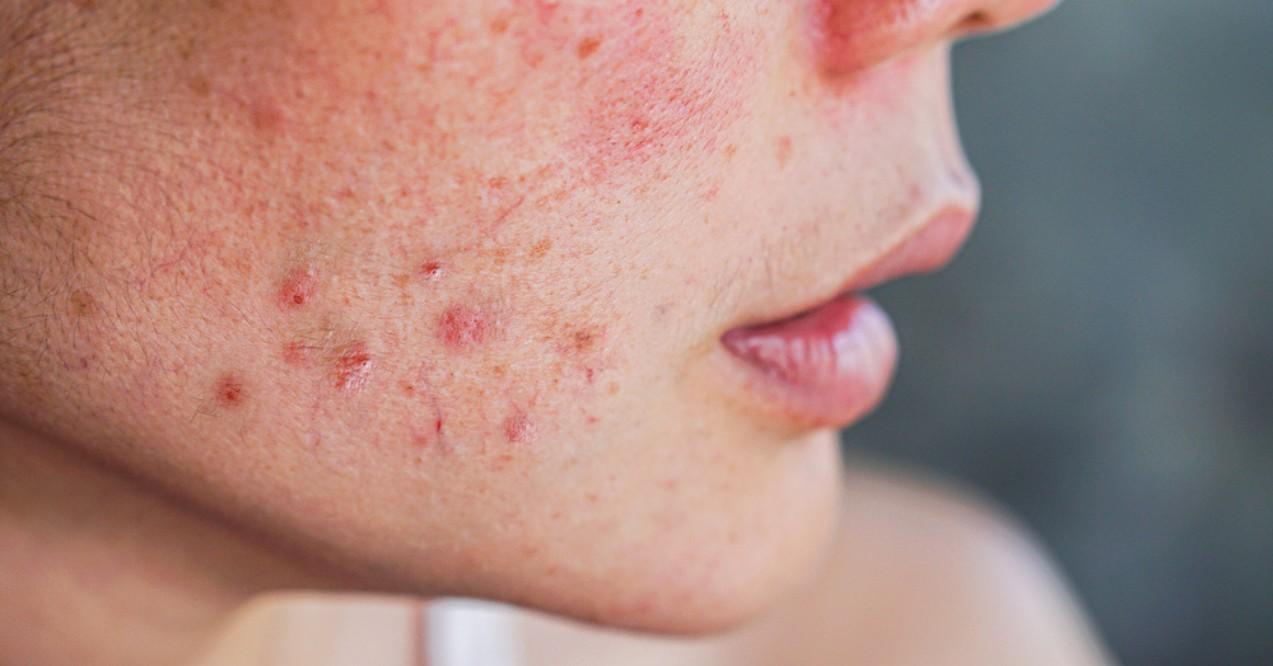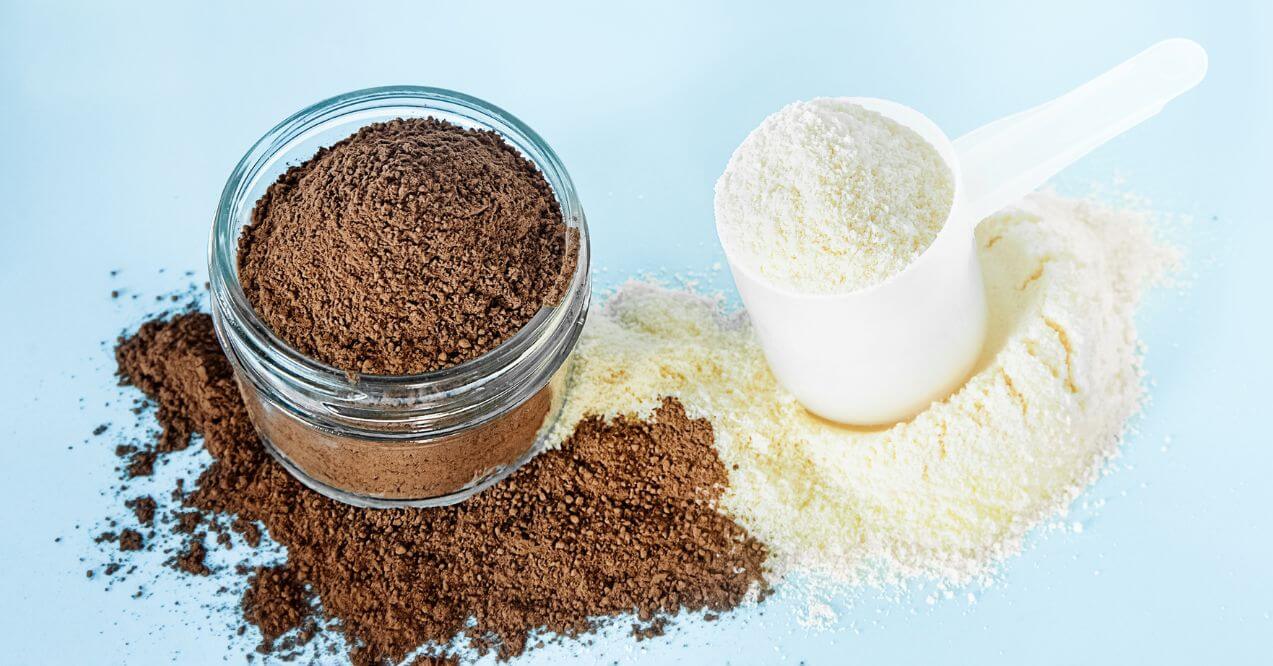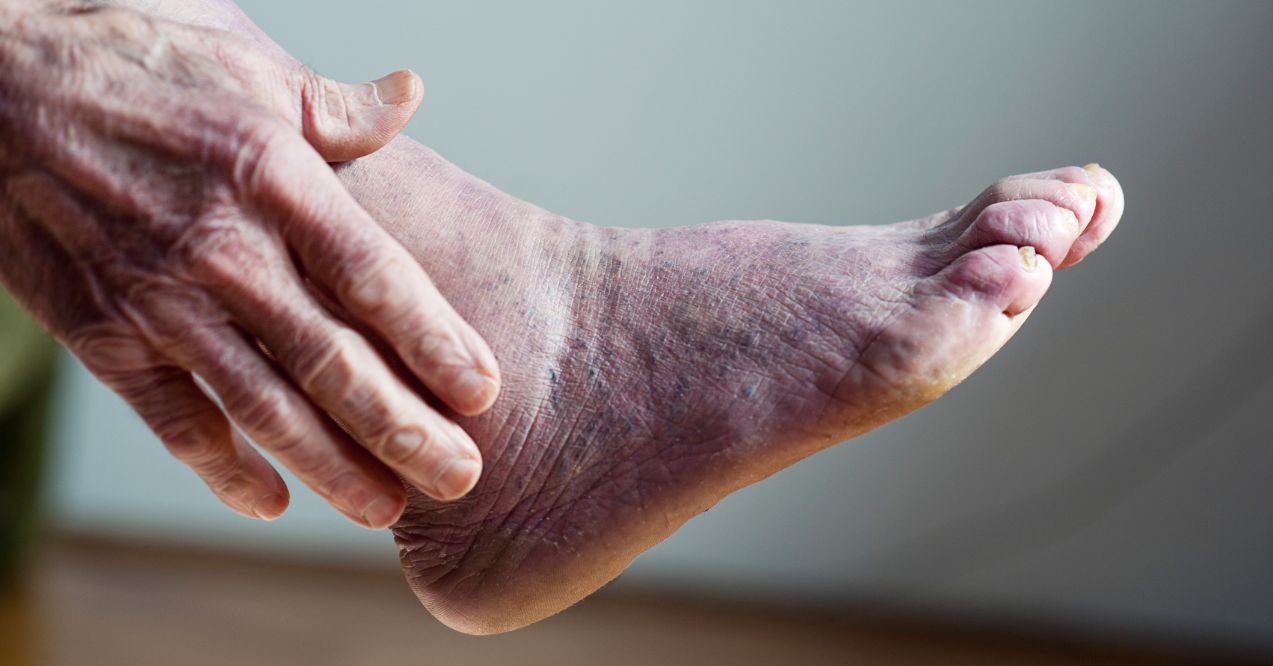Why Is My Toenail Growing Sideways?
Discover why your toenail is growing sideways, its causes, treatments, and how to prevent it. Read more for expert advice!
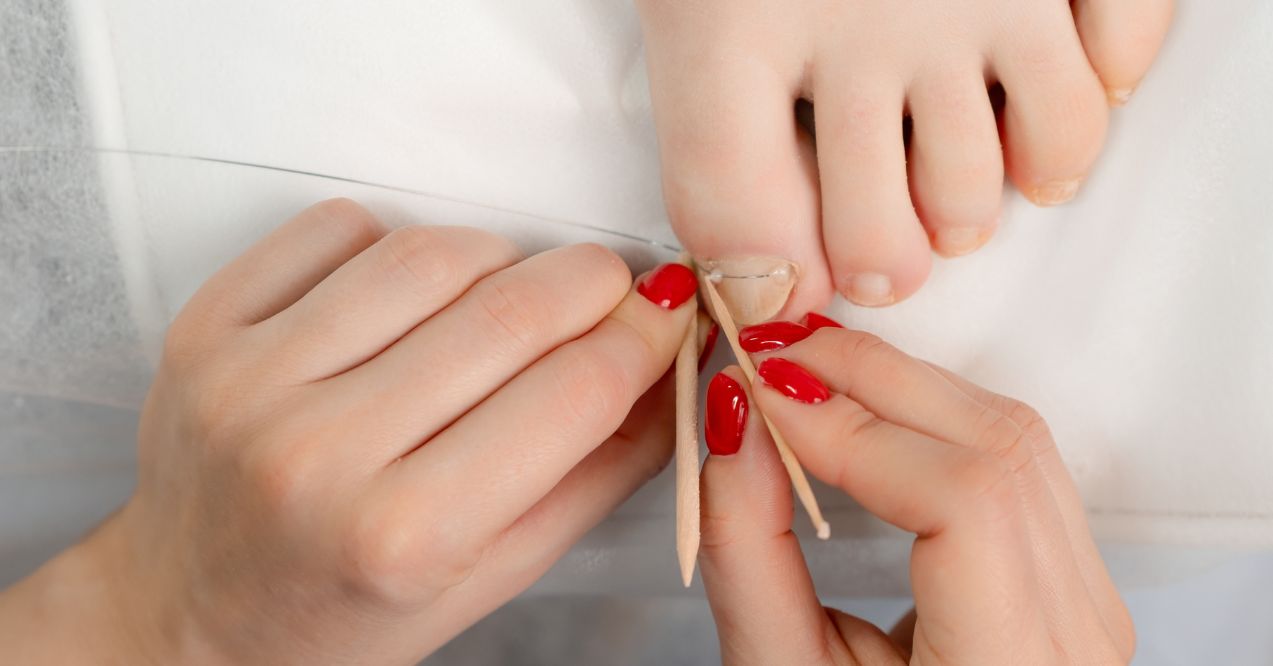

Are you noticing your toenail growing sideways and digging into your skin? As we age, our feet become more susceptible to various ailments, and ingrown toenails are a common and painful condition that can significantly impact our daily comfort and mobility. An ingrown toenail occurs when the edge of the nail grows into the surrounding flesh, causing redness, swelling, and discomfort.
In this article, we’ll explore the factors that contribute to ingrown toenails, provide practical tips for prevention and home care, and offer guidance on when it’s time to seek professional help. By arming yourself with this knowledge, you can take proactive steps to keep your feet in top shape and sidestep the discomfort of ingrown toenails.
Understanding Ingrown Toenails
A sideways growing toenail, also known as an ingrown toenail, is a condition that occurs when the edge of the nail grows into the skin surrounding the nail bed. This can cause various toenail problems, including swelling, redness, and pain in the affected area, and can also create conditions favorable for the growth of fungus, as reasons that cause nail fungus often include moisture buildup and damage to the nail, both of which can be associated with ingrown toenails.
In some cases, you may also notice drainage or pus, which can be mistaken for a toenail fungus. Understanding the different types of toenail fungus is essential for distinguishing between fungal infections and other issues like ingrown toenails.
However, it’s important to note that ingrown toenails and toenail fungus are different conditions, and knowing what does toenail fungus look like can help you distinguish between the two.
Ingrown toenails develop when the nail plate, which is the hard, protective part of the nail, curves downward and digs into the skin. This can be caused by improper trimming, wearing tight shoes, or injury to the nail. If left untreated, an ingrown toenail can lead to severe pain and potentially serious conditions, making it crucial to address the issue promptly.
Main Causes Why Is My Toenail Growing Sideways
Several factors can contribute to a big toenail growing sideways or the development of ingrown toenails. Some of the primary reasons include:
Bacterial Overgrowth
Bacterial overgrowth can significantly contribute to the development and worsening of ingrown toenails. When a toenail grows sideways into the skin, it creates a warm, moist environment that is perfect for bacteria to thrive. Staphylococcus and Streptococcus are the most common bacteria found in infected ingrown toenails.
These bacteria can cause the skin around the nail to become red, swollen, and painful, and may produce pus. As the infection progresses, it can cause the toenail to grow more abnormally, digging deeper into the skin and exacerbating the ingrown toenail.
In severe cases, the bacteria can even spread to the bone, leading to serious conditions. To prevent bacterial overgrowth and minimize the risk of complications, it’s crucial to promptly address ingrown toenails and practice good foot hygiene.
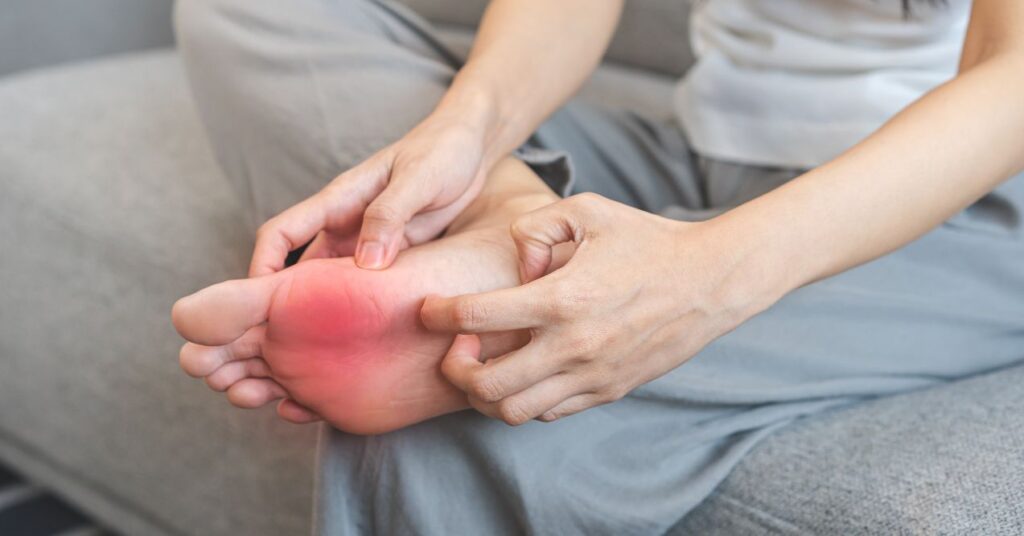
Cutting The Nails Too Short
One of the most common causes of ingrown toenails is cutting the nails too short. When you trim your toenails too short, particularly at the corners, it can encourage the skin to fold over the nail’s edge. As the nail grows back, it may dig into this overlapping skin, causing an ingrown toenail.
To prevent this toenail problem, it’s essential to cut your nails straight across, maintaining a moderate length. Avoid rounding the corners or cutting the nails too short, as this can increase the risk of developing a sideways growing toenail.
If you have difficulty trimming your nails properly, consider using a nail file to gently smooth any rough edges and maintain a healthy nail shape.
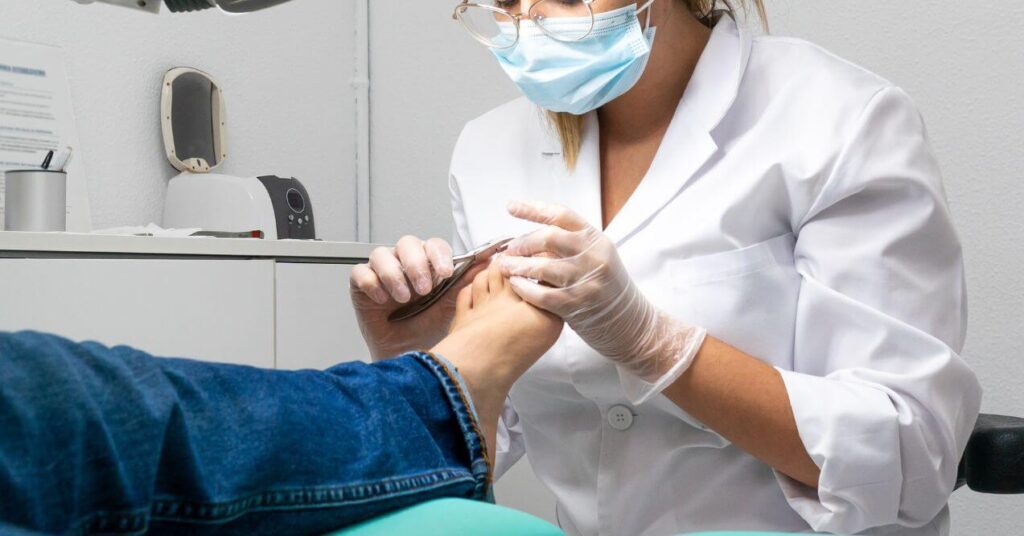
Wearing Tight Footwear
Wearing tight or ill-fitting footwear is another major contributor to the development of ingrown toenails. When your shoes are too tight, they compress your toes, putting pressure on your nails and altering their natural growth direction.
This constant pressure can cause the nails to grow sideways or curve downward, digging into the skin and leading to an ingrown toenail. To minimize the risk of developing this painful condition, opt for shoes that provide ample room for your toes to move and spread naturally.
Avoid shoes with narrow or pointed toe boxes, as these can exacerbate the problem. When shopping for new footwear, always ensure a comfortable, well-fitting size to promote healthy toenail growth and prevent toenail problems.
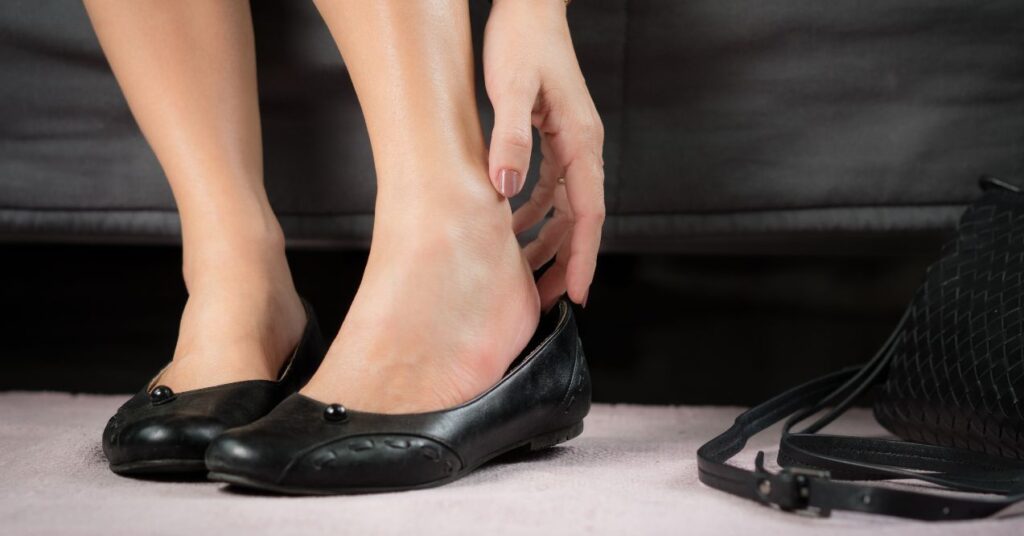
Trauma to The Toe
Trauma or injury to the toe can also lead to abnormal nail growth and increase the risk of developing an ingrown toenail. Common examples of toe trauma include stubbing your toe against a hard surface, dropping a heavy object on your foot, or experiencing repetitive pressure from activities like running or playing sports.
These injuries can cause damage to the nail bed or the nail itself, altering its growth pattern. As the nail grows back, it may curve or grow sideways, digging into the skin and causing an ingrown toenail.
Also be considerant of fungal invasions. While ingrown toenails and fungal invasions are separate conditions, a fungal invasion can cause the nail plate to thicken and become more brittle, making it more likely to grow into the skin. Knowing the stages of toenail fungus and is nail fungus contagious can help you identify and alleviate toenail fungus early, reducing the risk of ingrown toenails. If you’re wondering how to get rid of toenail fungus, early action with antifungal treatments, good foot hygiene, and proper footwear can make a significant difference.
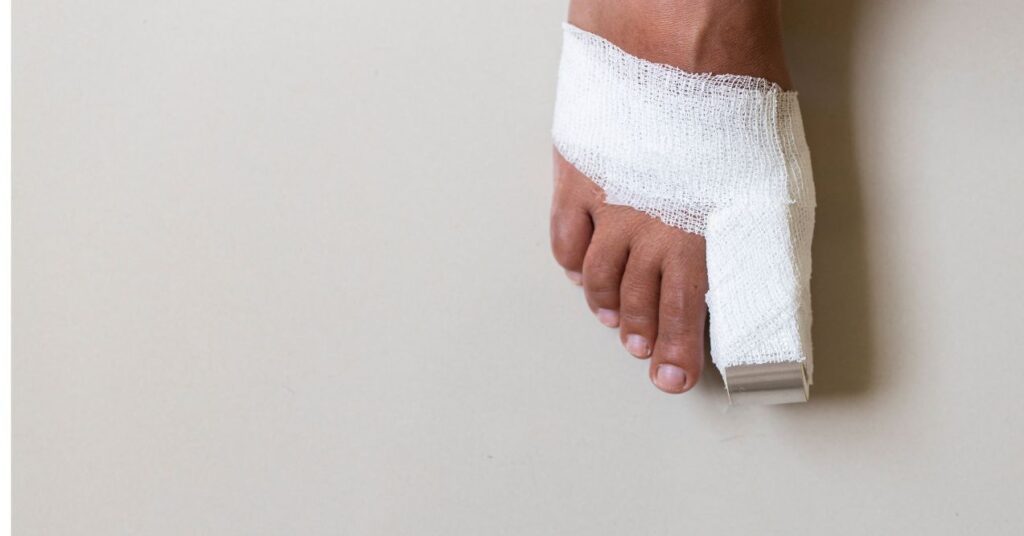
How to Prevent Ingrown Toenails?
- Trim your nails straight across, maintaining a moderate length. Avoid cutting too short or rounding the corners.
- Wear well-fitting shoes that provide ample room for your toes. Steer clear of tight or pointed footwear.
- Practice good foot hygiene by washing your feet daily, drying them thoroughly, and using a moisturizer to prevent dry skin.
- If you have naturally curved or thick nails, consider using a nail file to gently lift the corners and prevent ingrowth.
- Protect your feet from injury by wearing appropriate footwear during activities and being cautious to avoid toe trauma.
Home Remedies for Ingrown Toenails
If you’re dealing with a sideways growing toenail, there are several home remedies that can help alleviate pain and promote wound regeneration:
- Warm water soak: Soak your foot in warm water mixed with Epsom salt for 15-20 minutes, 2-3 times a day. This helps soften the skin and reduce inflammation, making it easier to gently lift the ingrown nail edge.
- Cotton or dental floss: Place a small piece of cotton or dental floss under the ingrown edge to encourage proper nail growth and prevent the nail from digging further into the skin.
- Natural anti-inflammatory agents: Apply tea tree oil or oregano oil to the affected area to help reduce pain and reduce bacteria. These natural oils have antimicrobial properties that can aid in the regeneration process.
- Massage with oils: Gently massage the affected area with coconut oil or aloe vera gel to soothe the skin, reduce inflammation, and promote healing.
In addition to these home remedies, Dr. Holly Lucille, ND, RN,, recommends considering a natural supplement like Fungus Eliminator by Purehealth Research to support your body’s defense against toenail problems, including ingrown nails and toenail fungus.
Fungus Eliminator contains a powerful blend of ingredients like oregano, basil leaf, garlic bulb, and apple cider vinegar, which work together to support immunity and inhibit fungal growth from within. As part of your overall wellness routine, including skin supplements, Fungus Eliminator addresses the root cause of many toenail issues and can help you achieve healthier, clearer nails.
When to Seek Professional Help
While home remedies can be effective for managing mild cases of ingrown toenails, there are certain signs and symptoms that indicate the need for professional medical intervention:
- Severe pain that does not improve with home treatment
- Significant redness, swelling, or discharge, which may suggest bacterial overgrowth
- Recurrent ingrown toenails that don’t respond to home care
- Ingrown toenails in people with underlying health conditions, such as impaired blood sugar metabolism or poor circulation
If you experience any of these symptoms, it’s crucial to consult with a healthcare professional, such as a podiatrist. They can provide targeted treatment options, which may include:
- Oral or topical antibiotics to address bacterial overgrowth
- Minor surgical procedures to remove the ingrown portion of the nail
- Partial or complete removal of the nail in severe or recurrent cases
Key Takeaways
So, why is my toenail growing sideways?
- Ingrown toenails occur when the edge of the nail grows into the surrounding skin, causing pain, redness, and swelling.
- Common causes include improper nail trimming, tight footwear, trauma to the toe, and bacterial overgrowth.
- To prevent ingrown toenails, trim nails straight across, wear well-fitting shoes, practice good foot hygiene, and protect your feet from injury.
- Home remedies like warm water soaks, cotton or dental floss, natural anti-inflammatory agents, and massaging with oils can help alleviate symptoms.
- Dr. Holly Lucille, ND, RN, recommends considering Fungus Eliminator by Purehealth Research, a natural supplement that supports your body’s defense against toenail problems.
- Seek professional help if you experience severe pain, significant skin irritation, recurrent ingrown toenails, or have underlying health conditions.
To cut a sideways growing toenail, soak your foot in warm water to soften the nail. Using clean, sharp nail clippers, trim the nail straight across, ensuring not to round the corners or cut too short. Gently file any rough edges to prevent further ingrowth.
To fix toenails growing sideways, maintain proper nail trimming techniques, wear well-fitting shoes, and practice good foot hygiene. Use home remedies like warm water soaks, cotton, or dental floss under the nail edge, and apply natural anti-inflammatory agents. Consider skin supplements like Fungus Eliminator to support nail health.
In some cases, a crooked toenail can be straightened using home remedies and proper nail care. However, if the nail is severely curved or causing significant pain, professional treatment may be necessary. A podiatrist can use techniques like nail splinting or surgery to straighten the nail permanently.
Sign up for our Healthy Living newsletter!
Advertisement. This site offers health, wellness, fitness and nutritional information and is designed for educational purposes only. You should not rely on this information as a substitute for, nor does it replace, professional medical advice, diagnosis, or treatment. If you have any concerns or questions about your health, you should always consult with a physician or other health-care professional. Do not disregard, avoid or delay obtaining medical or health related advice from your health-care professional because of something you may have read on this site. The use of any information provided on this site is solely at your own risk.
